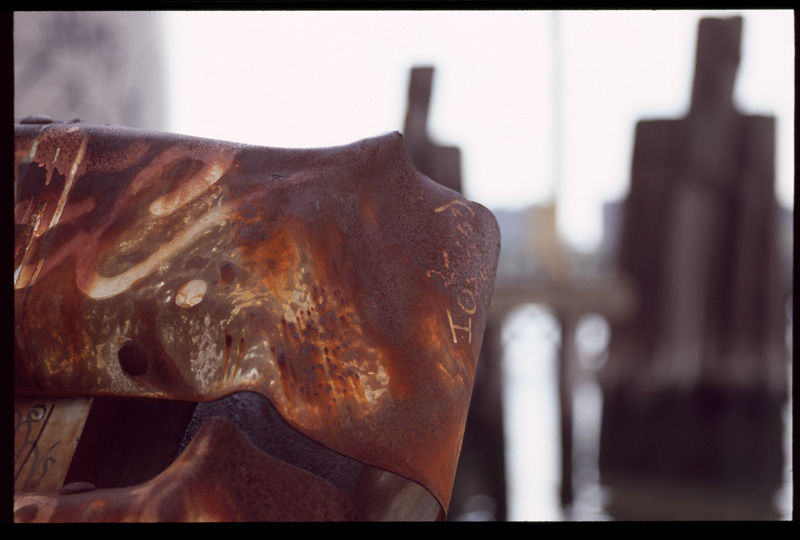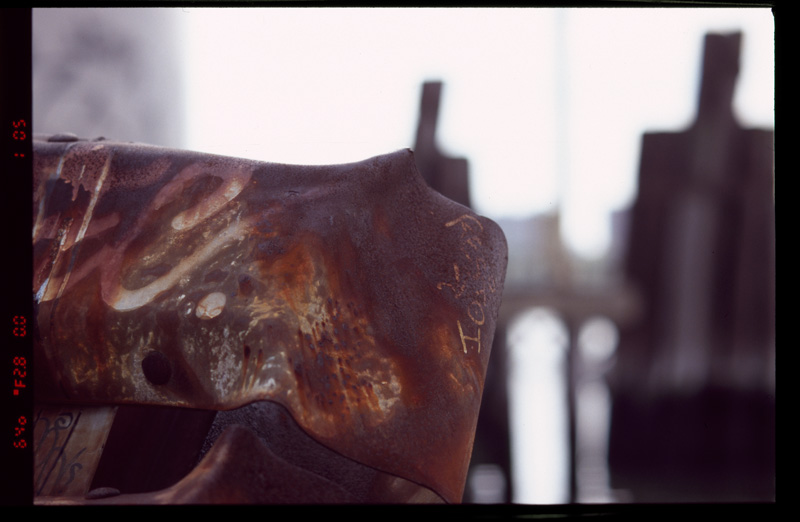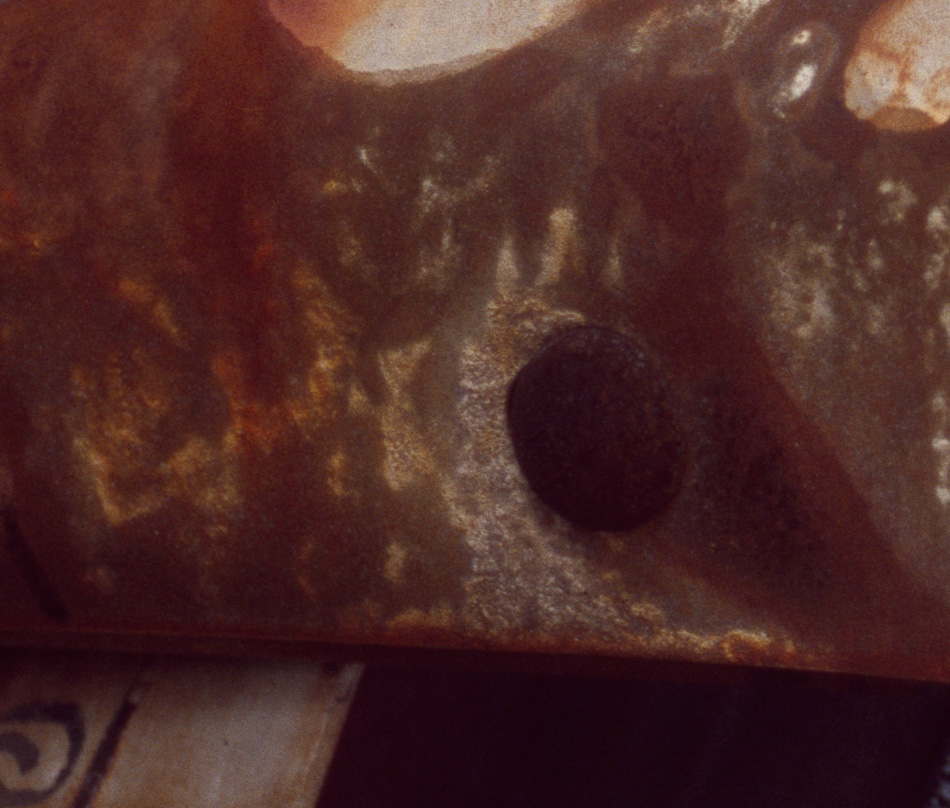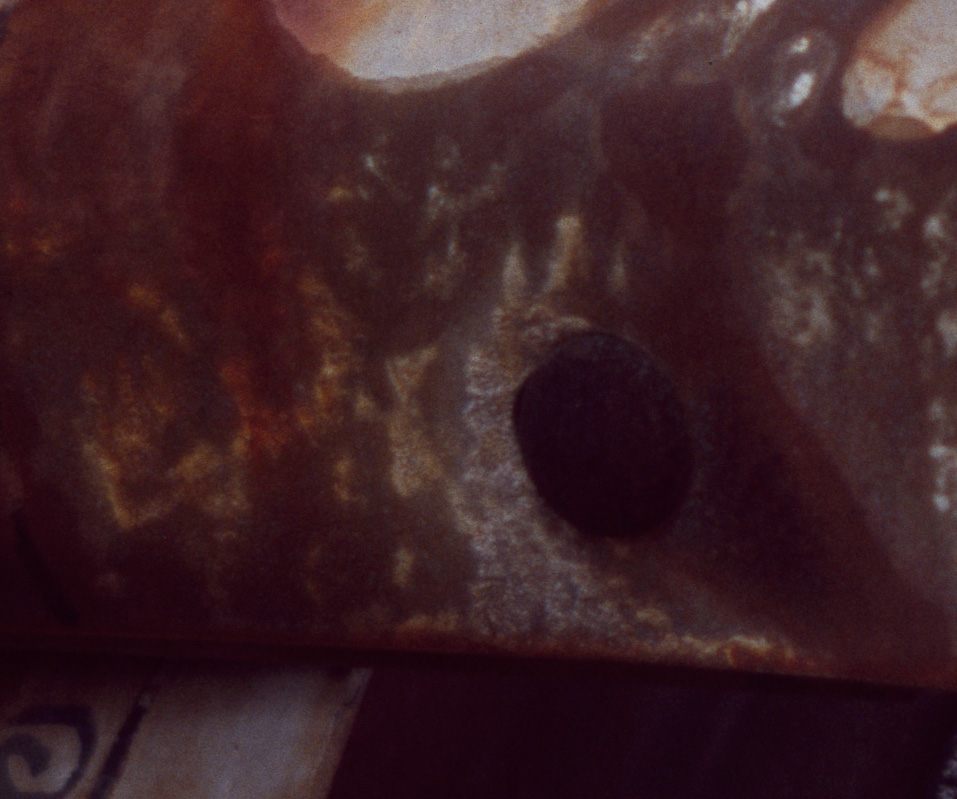Stuart Richardson
Active member
Hello all,
I was doing a quick comparison of R lenses to Nikon lenses for my own edification. I just switched to Nikon for the D3, and one of my concerns was that the lenses would not compare well to what I was used to. It has turned out that this is a mixed bag. Some of the lenses compare very well, and some appear not to. I went ahead and tested some of the lenses using film, so that I could get a fair comparison, without any of the digital differences coming into play. In all, I just did a quick test using the R9 and the F6, two rolls of Astia 100 and several different lenses. I scanned these at 3200dpi on an Imacon 646. I will post some from the other lenses later (they were the 28-90 versus the 24-70, the 19mm versus the 17-35, and the 50mm f/1.4 E60 versus the 50mm f/1.4 AFD).
In this test, I compared the 100mm f/2.8 APO to the 105mm f/2 DC. There are some obvious differences here, notably that the 100mm Leica is an APO macro lens, while the 105mm Nikon is a f/2 portrait lens. That said, the 105mm has a reputation for being quite sharp. The 100mm Leica's reputation is for outstanding performance at all distances and apertures.
I was expecting the Leica to best the Nikon, but for the differences to fall away at middle apertures. I was honestly surprised to see the results -- the Leica truly obliterated the Nikon. The Nikon appears to be in proper focus and I could find no sharper area of the image, so I don't believe that it is misfocused. I am willing to concede that my copy may not be in optimal shape (though it is cosmetically flawless), so I believe I will send it to Nikon to make sure it all checks out. It may be, however, that the Leica is simply as good as it's reputation. I have had this lens for years and have always been shocked at how good the performance is. It does everything right.
Lest everyone think that I am simply a Leica fanboy skewing the results, I should say that the Nikon lenses did not all fair poorly. I will post the images later, but the 24-70 did quite well against the 28-90 (perhaps better...I will have to go over the results), and the other lenses seemed to be reasonably close as well.
A quick note on the images. I was interested in seeing how the cameras differed as well, so I should note that I left the cameras to expose as they saw fit. Overall, the Nikon gave a bit more exposure than the Leica. Both were more or less accurate, but I found that the Nikon tended to give a better exposure, only just. Please disregard any minor color variations here as I did not make an attempt to balance them perfectly. On the light table, the Nikon lenses had a more magenta balance to them...a bit cooler as well. The Leica lenses gave a slightly warmer, but also greener color balance. Both were quite acceptable. I tested on a tripod, and did not move the tripod for the test. Any slight difference in framing comes from the difference in location of the tripod bracket. It is interesting to note that the 5mm difference in focal length does not seem to be visible...either that, or the Nikon is a 100mm or the Leica is a 105mm!
With all that preamble, here are some of the images.
Leica 100mm at f/2.8
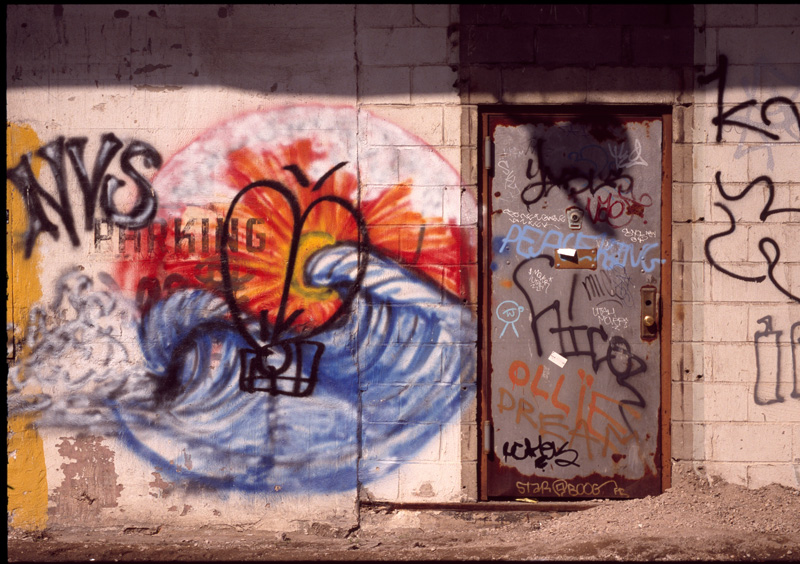
Nikon 105mm f/2.8
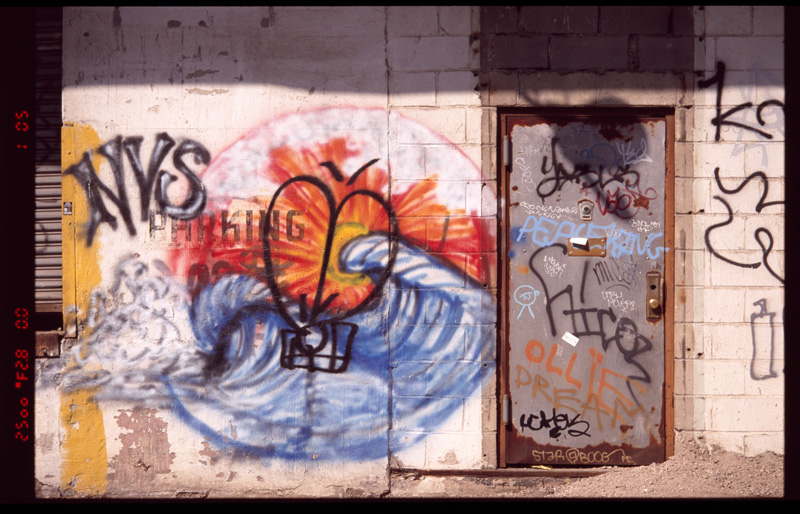
Leica f/2.8 center crop:
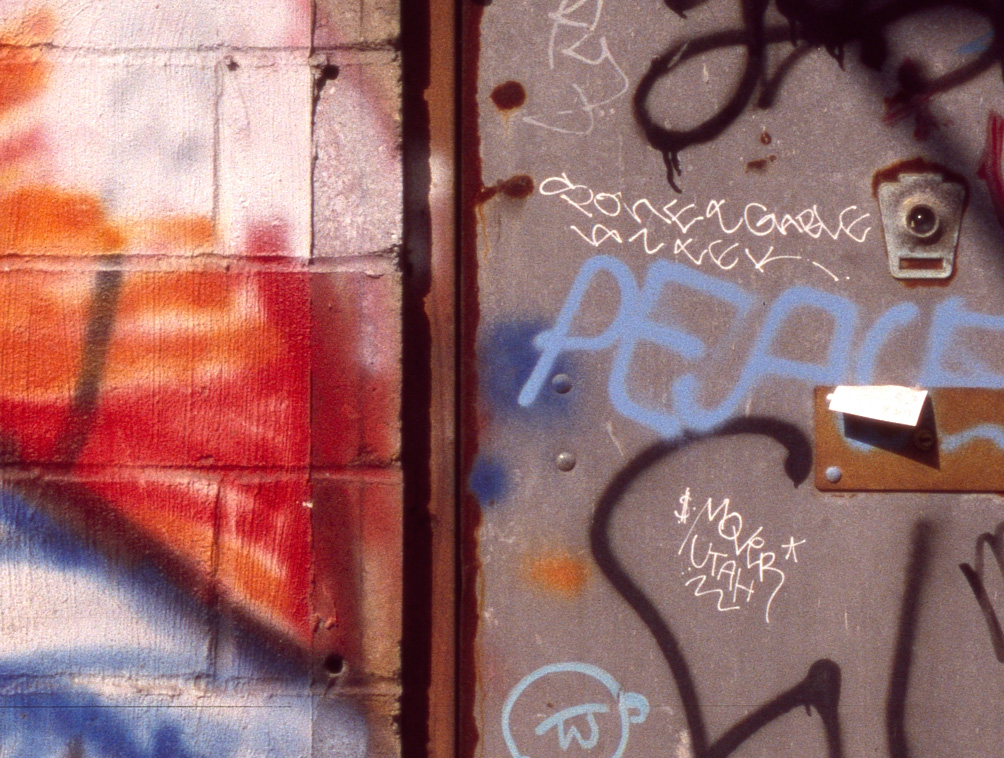
Nikon f/2.8 center crop:
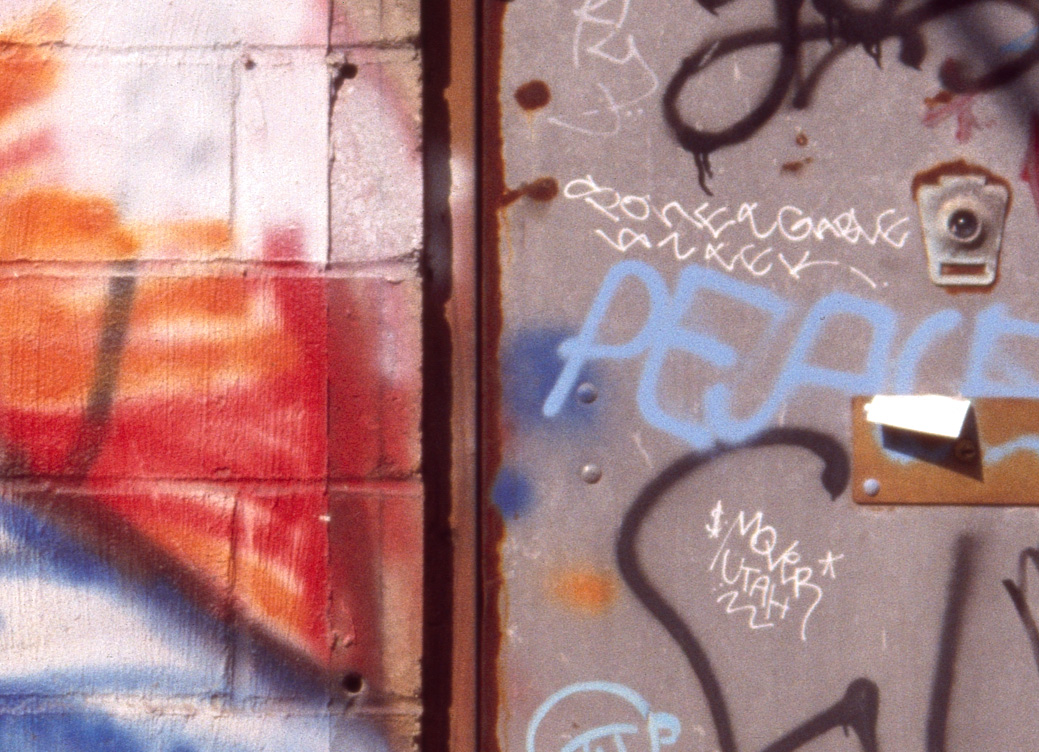
Leica f/2.8 lower left corner:
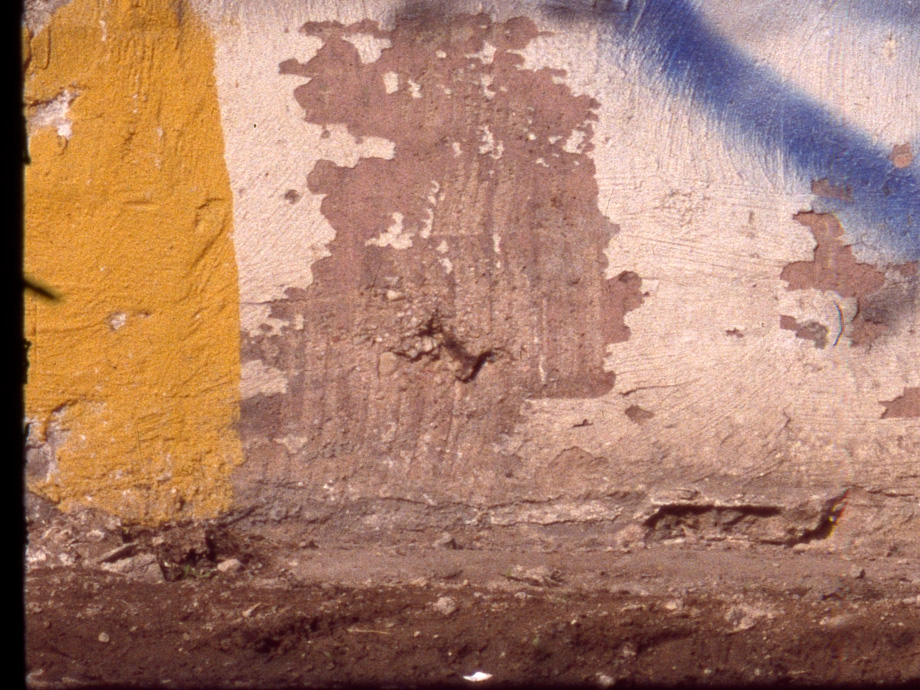
Nikon f/2.8 lower left corner:
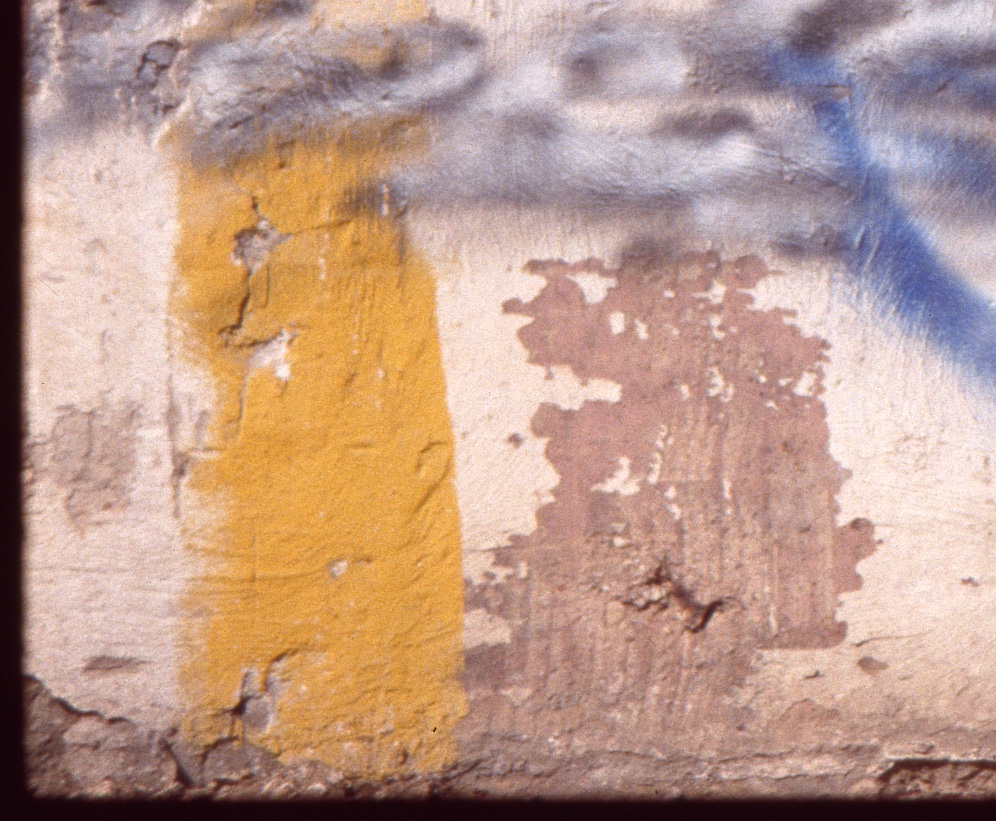
I will not bother posting the Leica at f/8 or f/4, as it is very close to f/2.8. At f/4, the Leica gets even crisper on center and slightly better in the corners. Overall, it improves, but not very much. f/8 is microscopically better than f/4, but it may just be the depth of field. Overall, from 2.8 to 8, it improves the tiniest bit, the biggest improvement being from f/2.8 to f/4. That said, there is nothing you could shoot that would not be rendered superbly at f/2.8. I see no reason to stop this lens down at all, other than for depth of field.
Here is the Nikon at f/8. It improves noticeably.
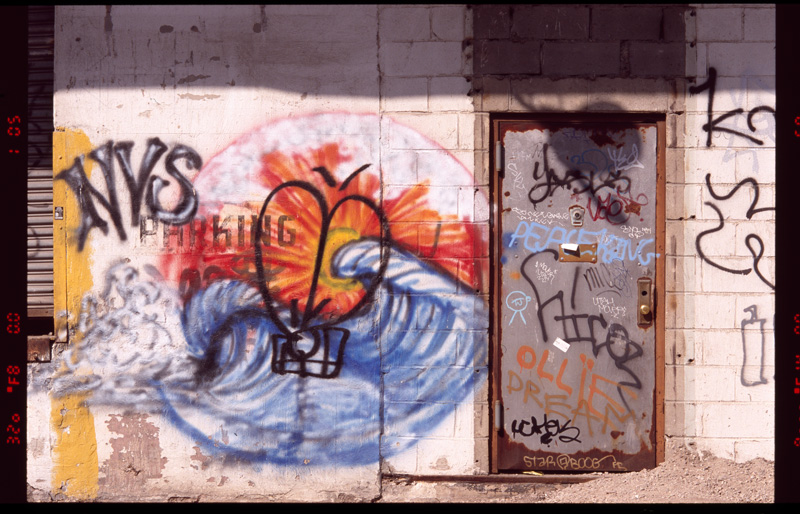
Here it is at f/8, center crop:
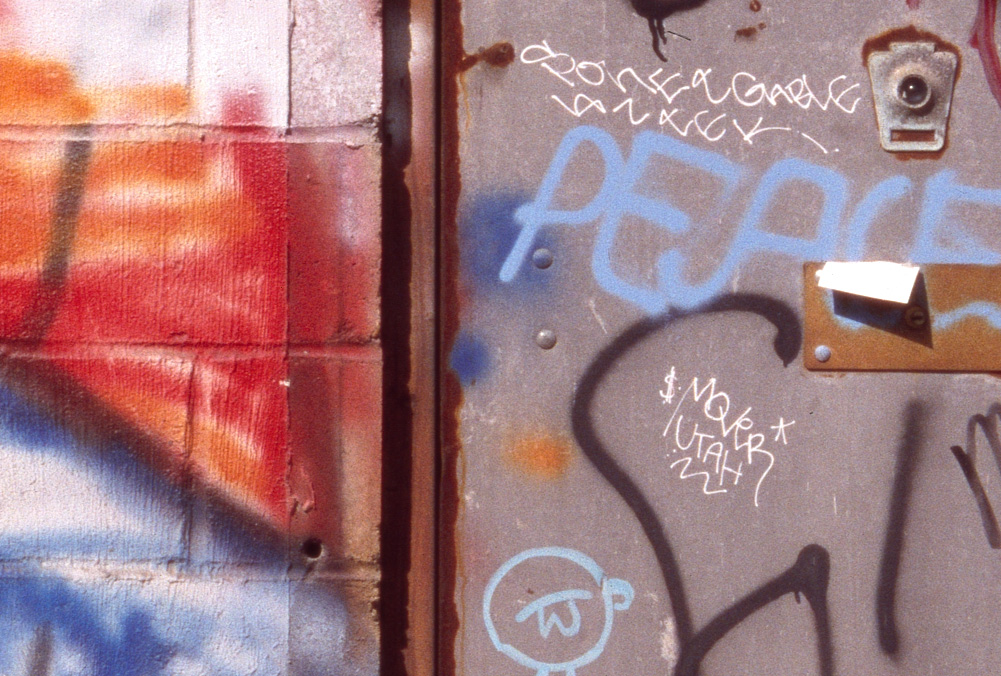
And in the lower left:
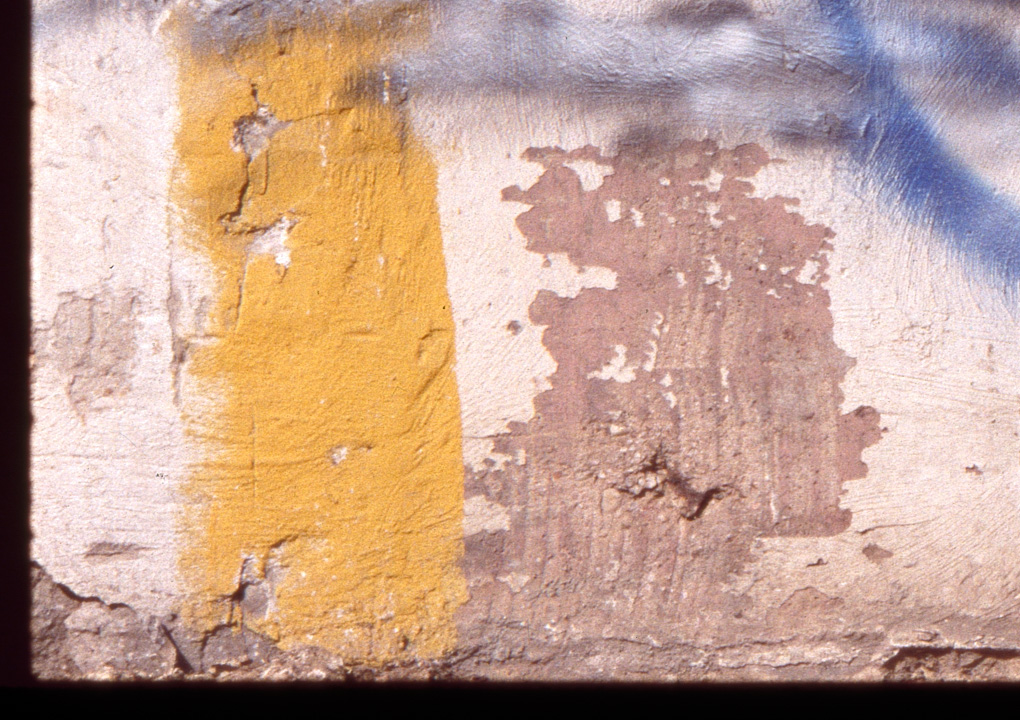
While the Nikon is now performing very well, it still does not appear to be as sharp in the center, or across the frame at f/8 as is the Leica at f/2.8. I find this astonishing, and it is what makes me question the alignment of the lens. I wish I had another copy to test, just to make sure it is accurate.
Please refrain from posting for a minute or two, and I will post the second comparison -- flare resistance and bokeh.
I was doing a quick comparison of R lenses to Nikon lenses for my own edification. I just switched to Nikon for the D3, and one of my concerns was that the lenses would not compare well to what I was used to. It has turned out that this is a mixed bag. Some of the lenses compare very well, and some appear not to. I went ahead and tested some of the lenses using film, so that I could get a fair comparison, without any of the digital differences coming into play. In all, I just did a quick test using the R9 and the F6, two rolls of Astia 100 and several different lenses. I scanned these at 3200dpi on an Imacon 646. I will post some from the other lenses later (they were the 28-90 versus the 24-70, the 19mm versus the 17-35, and the 50mm f/1.4 E60 versus the 50mm f/1.4 AFD).
In this test, I compared the 100mm f/2.8 APO to the 105mm f/2 DC. There are some obvious differences here, notably that the 100mm Leica is an APO macro lens, while the 105mm Nikon is a f/2 portrait lens. That said, the 105mm has a reputation for being quite sharp. The 100mm Leica's reputation is for outstanding performance at all distances and apertures.
I was expecting the Leica to best the Nikon, but for the differences to fall away at middle apertures. I was honestly surprised to see the results -- the Leica truly obliterated the Nikon. The Nikon appears to be in proper focus and I could find no sharper area of the image, so I don't believe that it is misfocused. I am willing to concede that my copy may not be in optimal shape (though it is cosmetically flawless), so I believe I will send it to Nikon to make sure it all checks out. It may be, however, that the Leica is simply as good as it's reputation. I have had this lens for years and have always been shocked at how good the performance is. It does everything right.
Lest everyone think that I am simply a Leica fanboy skewing the results, I should say that the Nikon lenses did not all fair poorly. I will post the images later, but the 24-70 did quite well against the 28-90 (perhaps better...I will have to go over the results), and the other lenses seemed to be reasonably close as well.
A quick note on the images. I was interested in seeing how the cameras differed as well, so I should note that I left the cameras to expose as they saw fit. Overall, the Nikon gave a bit more exposure than the Leica. Both were more or less accurate, but I found that the Nikon tended to give a better exposure, only just. Please disregard any minor color variations here as I did not make an attempt to balance them perfectly. On the light table, the Nikon lenses had a more magenta balance to them...a bit cooler as well. The Leica lenses gave a slightly warmer, but also greener color balance. Both were quite acceptable. I tested on a tripod, and did not move the tripod for the test. Any slight difference in framing comes from the difference in location of the tripod bracket. It is interesting to note that the 5mm difference in focal length does not seem to be visible...either that, or the Nikon is a 100mm or the Leica is a 105mm!
With all that preamble, here are some of the images.
Leica 100mm at f/2.8

Nikon 105mm f/2.8

Leica f/2.8 center crop:

Nikon f/2.8 center crop:

Leica f/2.8 lower left corner:

Nikon f/2.8 lower left corner:

I will not bother posting the Leica at f/8 or f/4, as it is very close to f/2.8. At f/4, the Leica gets even crisper on center and slightly better in the corners. Overall, it improves, but not very much. f/8 is microscopically better than f/4, but it may just be the depth of field. Overall, from 2.8 to 8, it improves the tiniest bit, the biggest improvement being from f/2.8 to f/4. That said, there is nothing you could shoot that would not be rendered superbly at f/2.8. I see no reason to stop this lens down at all, other than for depth of field.
Here is the Nikon at f/8. It improves noticeably.

Here it is at f/8, center crop:

And in the lower left:

While the Nikon is now performing very well, it still does not appear to be as sharp in the center, or across the frame at f/8 as is the Leica at f/2.8. I find this astonishing, and it is what makes me question the alignment of the lens. I wish I had another copy to test, just to make sure it is accurate.
Please refrain from posting for a minute or two, and I will post the second comparison -- flare resistance and bokeh.

